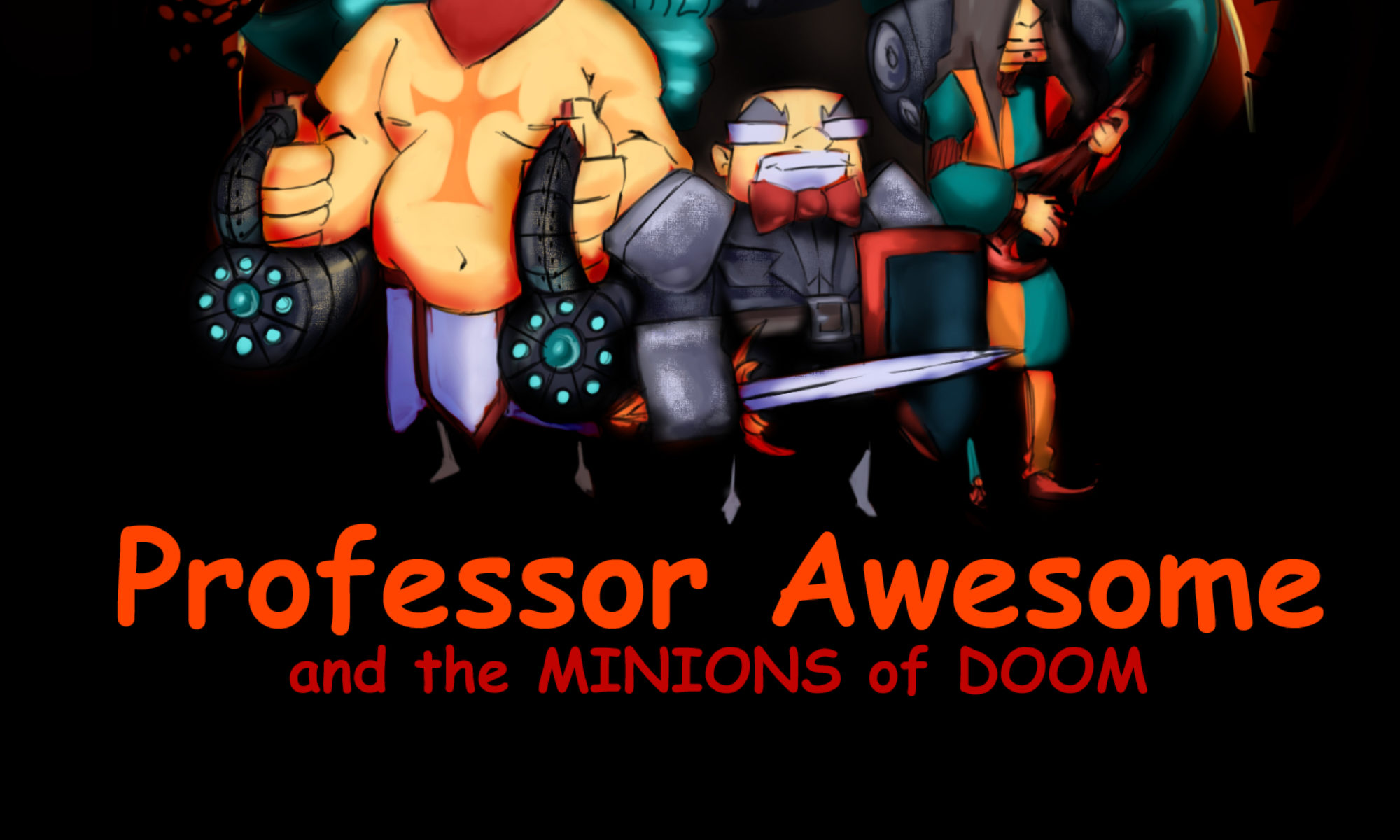As I’m sure you’ve heard, the new Star Wars teaser trailer was released this weekend. If you haven’t seen it, then it’s really strange that you read Guitars and Geeks, and you should probably see it immediately:
Having just finished most of Fringe (and by most, I mean I couldn’t make it through Season Five. I tried. I may try again. But wow. And not a good wow.), I was trepidatious about J.J. Abrams’ Star Wars. I still am, frankly, but the teaser trailer (not to mention his amazing Star Trek reboot), has alleviated my anxieties, far more than a teaser trailer really should. Why? I have no qualms about admitting this. It’s because of his use of the sound track. More specifically, it’s because of the exquisite partnering of John Williams’ score with each shot from the film. With each shot, we get a snippet of Williams’ score, offering anxiety, urgency, foreboding. The sounds of the action overlay most of the score, and the mysterious narrator teases us with information. And then, after another dark pause where the screen blanks, the Millennium Falcon sweeps across the sky with the sweep of music into the main theme, loud, prominent, triumphant, and promising.
I cheered and shouted the first time I saw it.
I cheer and shout each time I re-watch it, too. It’s hard not to. The Star Wars theme is iconic. It’s the triumph of good over evil, it’s the struggle of the underdog, it’s fighting the good fight, it’s the oppressed overcoming the oppressor. It’s the sonic embodiment of myth. It’s epically epic. And not just the Star Wars theme, but all of John Williams’ principal motifs (and many of his minor motifs). Star Wars is a modern mythos, and Williams’ music reveals how deeply our cultural consciousness has absorbed this epic. Nearly everyone knows the theme, the motif for the Darth Vader, the motifs for Leia and Han, for the Force. And many people know the motifs for the Jawas, the Ewoks, Yoda, C-3P0 and R2-D2, and the Sith. Some of the newer motifs, for Anakin, the Droid Invasion, and Anakin and Padme, for example, aren’t quite as deep in our cultural consciousness at this point, and I doubt anyone would be quite as familiar with them outside of the context of those movies. We will probably not hear any marching bands play them anytime soon. But the Star Wars theme, and the Imperial March, condense and evoke the original trilogy so well that only a few snippets of each are necessary to recognize them.
And the really awesome part is that even 15 years ago, that wasn’t always the case. If Episodes I, II, and III did anything for the Star Wars franchise, it was to make it more recognizable than ever before. I remember college marathons of the original trilogy, on VHS, no less, with the fabulous Catherine Harris (now Brown), an awesome friend and the only other person I knew who could reliably be counted on to marathon the original trilogy (at the time, the word “original†was unnecessary) on any given college night. There were people in my residence hall who had never seen any Star Wars movie and who were not able to recognize any snippets of music, much less any of the more minor motifs. And while people who have never seen a single Star Wars movie still exist today, they are much fewer in number (possibly because there are now six movies, instead of just three), and I imagine their existences to be wispy and unfulfilled.
Commercialism, of course, must account for some of this. Someone figured out that geeks and nerds tend also to be collectors, and began marketing accordingly.  But, what was once unpopular culture has now become popular culture, and comics and sci-fiction and fantasy are now part of mainstream media and mainstream culture. Even the Internet, and computers, once the staple of reclusive geekdom, are everyday and mundane. And while a new Star Wars movie isn’t mundane, it’s possibly even more enthusiastically awaited now than the release of The Phantom Menace in 1999, which brought an abundance of Jedis to movie theatres across America. And part of that enthusiasm is due to the mundanity of things like the Internet, and Facebook, which let geekdoms flourish in their home medium, creating cultural staples and reinforcing the great American Epic. As memes spread, as the Imperial March and Star Wars theme proliferate and multiply, their significance deepens as the motifs to the light and the dark sides of the Force spread to any representation of good or evil. The Jedi Kittens are a perfect example. While the first relied on light saber sound effects (as recognizable as the music), the second, Jedi Kittens Strike Back, additionally created a score reminiscent of Williams (but without any actual copyright infringement), playing on the motif for the Sith.
Abrams’ trailer not only recognizes this, it accentuates it. The music sweeps as the Millennium Falcon sweeps, bursting into the theme at the apex of its flight. The music in the teaser trailer nods to the prequels, in the scene with the Sith, before it evokes the original trilogy with the Millennium Falcon. Each scene is matched with a perfect sonic moment. Because it’s sound that thrills us, that evokes, that lures, that inspires, just as much as the images. When The Phantom Menace was released, I went to theatre early that morning to buy tickets. At the 7pm showing, Jedis and Rebels and Imperial troops and civilians all filed into the seats. The air was electrified, as if by light sabers. We clenched our popcorns and sodas.  And we sat, expectantly, silently. It wasn’t the the words the moved us. It wasn’t the blue text reading “A long time ago in a galaxy far, far away . . .†that sent popcorn flying as everyone leapt to their feet, shouting, applauding, stomping, and cheering through the opening sequence.
It was the music.

